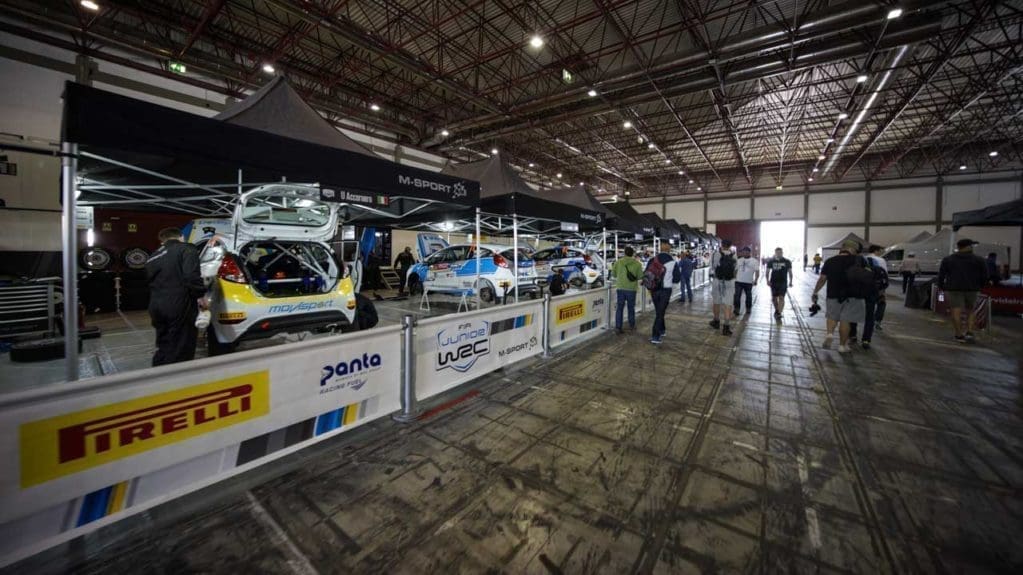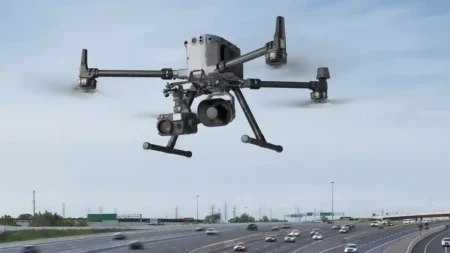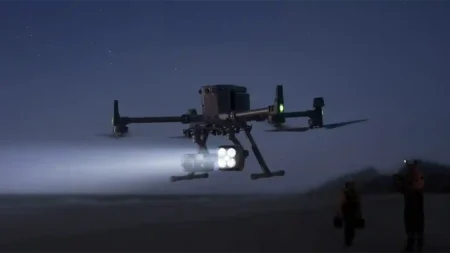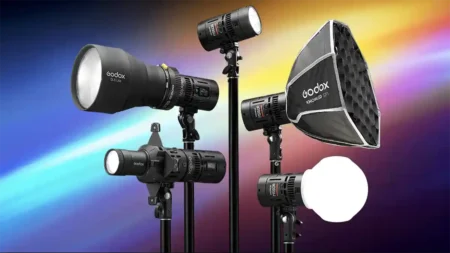The WRC (World Rally Championship) is in full throttle, and this week sees the supercharged hatchbacks rip up cobbles, tarmac and dirt in the historic city of Porto.
To me, nothing could be better than seeing the rally first-hand, experience the action, drink a beer and, if there’s time, capture an image or two.
The only issue is how to get there and how to persuade Jeff and Ange that this is a great idea and the ideal Camera Jabber trip.
Thankfully DJI came up with the perfect solution. I was one of a few select journalists the drone giant flew out to Portugal for a hands-on demonstration of how DJI’s pilots and camera operators capture stunning footage of this historic race.
It’s harder than it looks
Leaving a sunny, fresh and ultimately quiet New Forest behind, I headed off for my London Gatwick flight that would start me on my journey to the heat, crowds, fuel and action of the Porto WRC.
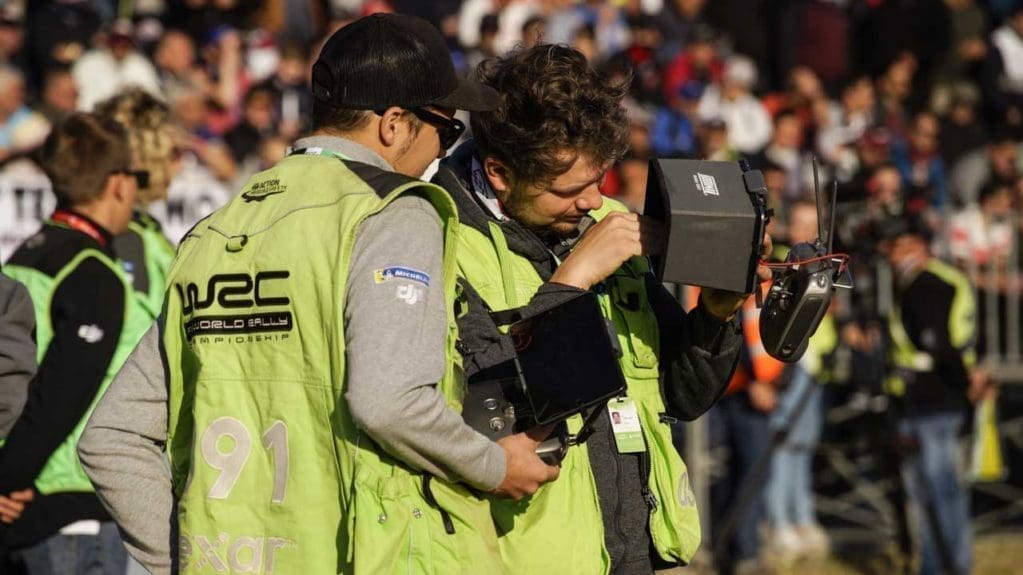
I arrived in Porto late and met up with some of the other journalists bought in for the event. After a brief discussion it was decided that we would head into Porto in search of beer and food. After an hours walk and experiencing the less scenic and more grassroots areas and bars of Porto, we finally found a decent venue for our evening meal.
A quick beer, hot dog, caipirinha, pizza and, impressively, an additional risotto main, I was settling into my evening when an email arrived announcing our WRC day would be starting at an earth shattering 5:45am!
The following morning I left the hotel at a time too early for breakfast, and we shortly arrived at the WRC shakedown. The shakedown, for the uninformed, is the when drivers get to test their cars prior to the punishing race ahead.
It’s also a time for fans to cheer wildly as the WC1 cars fly through the air, and boo as the lesser class WC2 drivers take the first jump a little more tentively.
These cars, even in the lower classes, cost in the region of €300,000, and then the cost rises steeply for the WRC1 to around the €1,000,000 mark. That’s quite a bit for a humble Ford Fiesta!
There are four manufacturers that take part in the race: Ford, Citroen, Hyundai and Toyota.
The shakedown is really a sight to behold, and especially for photographers. It was the perfect time to test out my reflexes and capture a few of these rally cars in flight. Wanting to travel light I’d packed my Sony A7R with 70-200mm f/4; I’m eagerly awaiting the arrival of the Sony A7 Mark III, and although the A7R is getting a little long in the tooth it’s still a formidable camera.
Capturing WRC cars in action
I quickly remembered why the Sony A7R isn’t the best choice for sport. It takes around 2 seconds to start up and the shutter reaction time is somewhat relaxed.
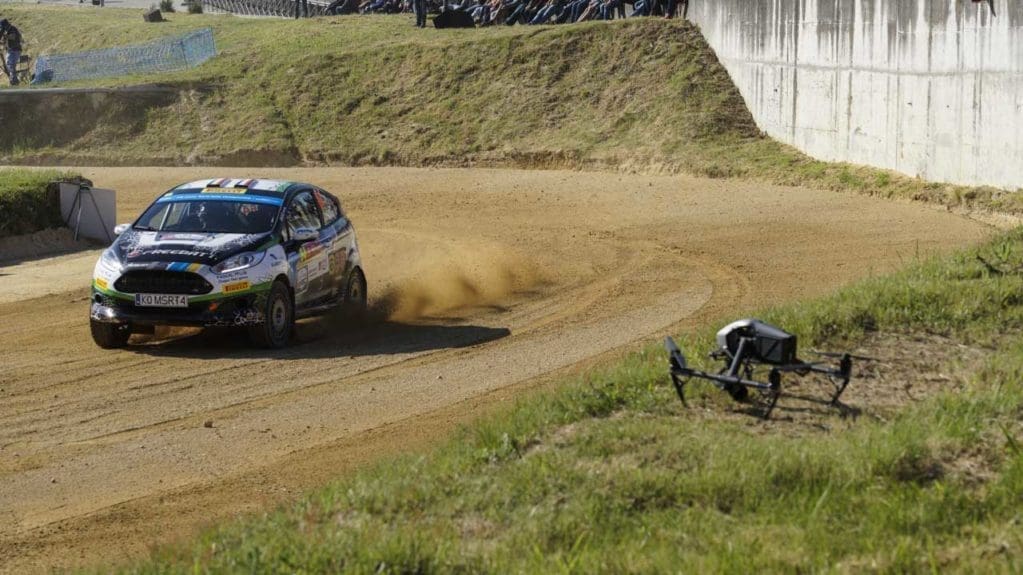
After a quick play with the settings, my Sony A7R was primed for speed and ready to go. I decided on one shot at a time rather than continuous shooting and ditched RAW entirely for fear of the camera needing a sit-down and rest after each burst.
As the cars flew past I quickly got into my flow and managed a few relatively decent shots.
As I excitedly captured the action from the ground, along with a line of other like-minded photographers, a short distance away the DJI drones hung in the air ready to capture the race from a completely different angle, and truth be told a far more dynamic perspective.
After I had taken a few shots on the A7R I went back to meet the DJI drone team. The DJI team ran us through the kit and how the drones are used to capture footage for the WRC network.
This provision of footage to the WRC is all part of the partnership between the two companies and has been running since 2016.
The drone team is relatively small, and at any one time, they have two drones operating: the DJI Inspire 2 with X7 and a Phantom 4.
The Inspire 2 mounted with the X7 enables plenty of flexibility when it comes to the style of shot, with a choice of the 16, 24, 35 or 50mm fixed focal length lenses.
Although they only use one Inspire 2 in the air at one time, they do bring a series of back-up drone just encase, along with spare batteries, SSD drives, MicroSD cards.
Taking control of the DJI Inspire 2’s gimbal
The Inspire flight team consists of two people: the pilot along with the gimbal operator. After watching them both in action, it was then time for me to give it a go.
Well, I was allowed a go at controlling the gimbal rather than the drone, which stayed securely in the hands of the pilot.
After a quick run-through of its operation with the DJI team, I was eager to get started and felt pretty confident in my skills.
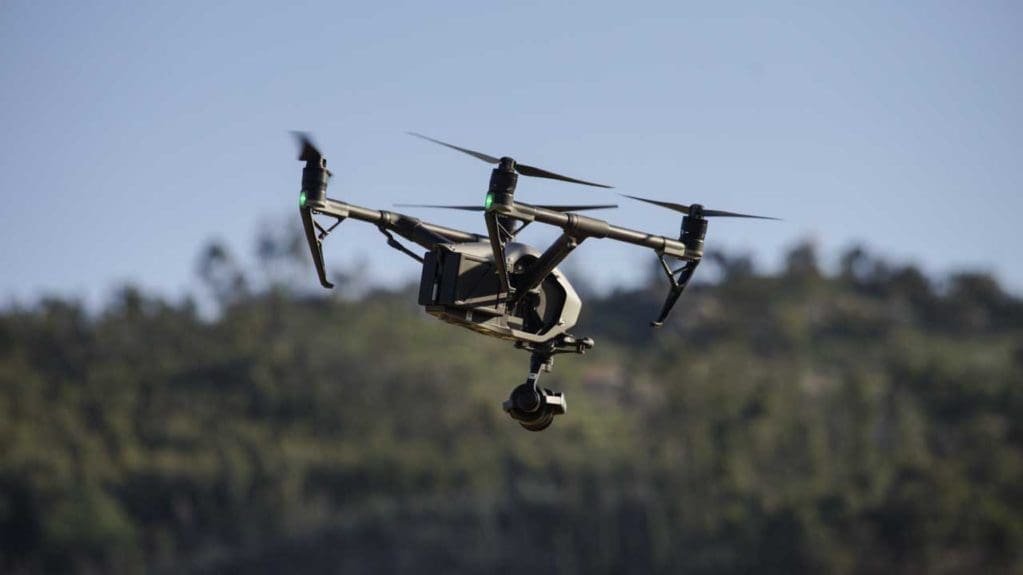
In the distance, I could hear the roar of an upcoming WRC car with its engine firing as it hammered down the track. The Inspire 2 was in position and I was primed with the gimbal controls, confident of my newly learnt skills.
The pilot shifted the drone, and I made a smooth tweak to the right to correct the framing and keep the track in the shot. Moments later with the car’s engine popping, it slid around the corner. Again, the pilot adjusted and tracked the vehicle with ease.
Meanwhile, control stick flailing, I epically failed to keep up with anything, leaving the gimbal spinning wildly and the car out of shot and gone.
The car disappeared in a plume of dust, and we reset and waited for the next. With a little tuition and practice, I was ready for another go.
I’d like to say that after a few attempts I improved, but I didn’t. Covering this race via a drone is not in any way as easy as it looks.
As the drone touched down, the team stripped out the batteries and replenish them, giving the drone an all-important check over, and the MicroSD and SSD are labelled, enveloped and ready to be sent off to production.
The whole operation, bar my control of the gimbal, was slick. There’s a lot at stake with the race being broadcast to well over 800,000 million viewers globally.
The drone team is just a small part of a far more extensive operation, which we got to see later. It’s impressive, more so knowing that the entire production moves across the globe for each of the races.
The Inspire 2 drone may capture the video but alongside is the P4, the small Phantom which is operated by just one pilot. His job is to capture stills, a slightly more sedate but no less skilled task.
As the cars roar past with the Inspire 2 hot in pursuit, the P4 observes from above with its small camera capturing shots that would otherwise be impossible to record.
With the shakedown coming to an end, we packed up and headed to the service centre a few miles away. This is where the cars are repaired, and fans get to see the cars and drivers up close.
It also gave me time to brush off the dust and download the images I shot before getting a full tour of the race’s production hub. I’ll bring you more on that soon.
